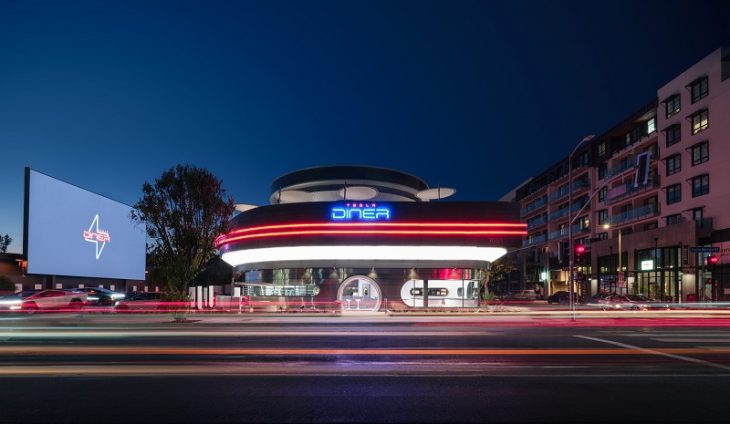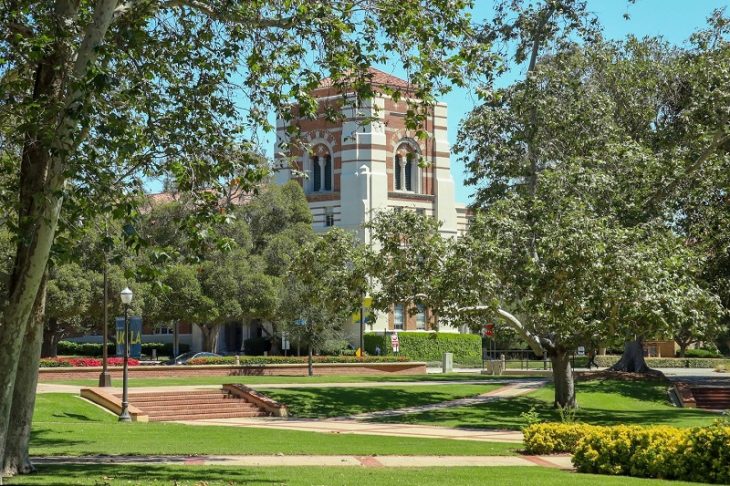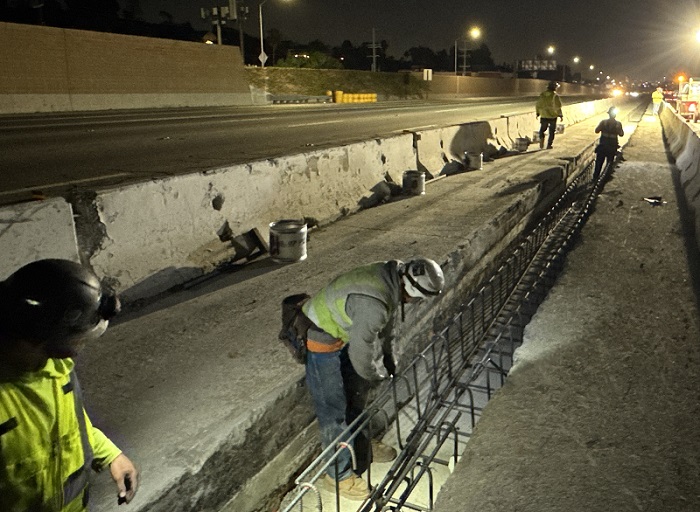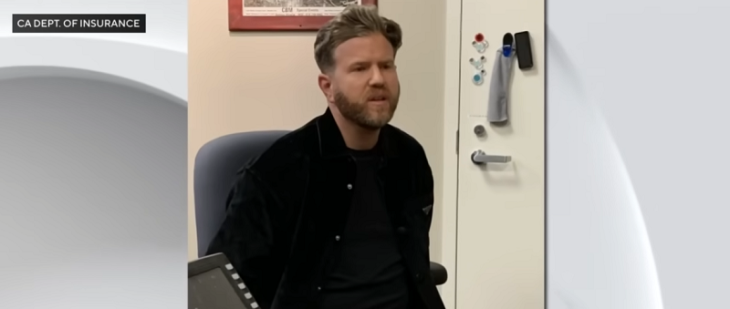With the recent election ushering in yet another sales tax on Santa Monicans, the expenditure of City Council has once again come under the microscope with a variety of local news outlets adding weight to the issue: this year 72 percent of our City’s general operating fund will be used for payroll.
Our Police Chief wins the gold medal for our highest paid employee (and the state’s highest paid police chief) with an annual compensation package of $478,120. In contrast, Los Angeles Police Chief Charlie Beck grosses $351,691.51 annually.
A total of 168 City employees had higher salary plus benefits packages in 2015 than did California Governor Jerry Brown, who grossed $261,774.59. That’s right – 168 of your employees made more than the Governor of California. As in other California cities, our City employees are highly trained, responsive and very good at their jobs. Many work long hours to provide our residents with outstanding service. However, every city, no matter what the pay scale, feels their employees are outstanding. The question remains, how much must Santa Monica pay for “outstanding” staff?
The research director of Transparent California, Robert Fellner, authorized us to reprint an excerpt of his latest blog post. It’s about our abnormally high salaries and the potential consequences of this trend.
Santa Monica tops statewide list for a variety of jobs:
- Police Chief: $478,000, highest statewide.
- Police Sergeant: $475,546 highest statewide.
At $393,603, $385,000 and $380,000, Santa Monica police sergeants also occupied the 4th, 6th and 7th highest spots on the statewide list. - Deputy Police Chief: $455,914, highest statewide.
- Assistant City Attorney: $442,414, highest statewide.
- Assistant City Manager: $440,661, highest statewide.
- City Attorney: $439,969, 2nd highest statewide.
- Farmers’ Market Supervisor: $142,903.
- Assistant City Librarian:$220,558.
This excess is pervasive throughout the City, with Santa Monica outspending its peers in total department wide spending as well:
Spending on Attorneys
(includes assistants and deputy city attorneys)
- Long Beach: $4.75 million for 28 attorneys at an average cost of $170,000.
- Anaheim: $4.45 million for 24 attorneys at an average cost of $185,000.
- Santa Monica: $7.55 million for 29 attorneys at an average cost of: $260,417.
In total, Santa Monica spends 59 percent and 70 percent more on attorneys than their much larger neighboring cities.

Perhaps most compelling is what Santa Monica spends on transit, which is the City’s largest department both in raw dollar terms and number of workers – with bus drivers accounting for more than 13 percent of the City’s entire workforce.
The Bureau of Labor Statistics reports that the median city transit bus driver in the Los Angeles-Long Beach-Glendale metropolitan area earns a wage of around $39,000. The median Santa Monica bus driver makes $59,000 in regular pay – which excludes overtime, other pay and benefits.
This disparity is then amplified via overtime and retirement benefits based on a regular salary that is already 50 percent higher than the market wage for other city transit bus drivers in the Los Angeles area.
Adding benefits, overtime and other pay increases the compensation package for the median Santa Monica bus driver to $111,585 — with the highest earning just under $168,000.
Finally, at $3,200 per resident, Santa Monica City is tied with Beverly Hills for spending more on employee compensation than any other city in California. On average, California cities spend $480 annually per resident.
Our government is spending other people’s money. Everyone would love to see all bus drivers earn over $100,000, but it’s the definition of unfairness to take money from those earning much less to fund lavish pay and benefits for a select few.
Santa Monica’s roughly $300 million in employee compensation accounts for 72 percent of the entire General Fund operating budget. This goes a long way to explaining why Santa Monica has some of the highest taxes in the nation, such as: 10.25 percent sales tax, 10 percent utility tax, 14 percent hotel tax, 10 percent parking tax.
Consequently, when the next funding need comes up – be it paving roads, bailing out pensions in the event of a market downturn, etc. – the City will likely have to hike their already record high taxes yet again.
But when that tax hike comes, taxpayers have a right to know its true cause: the high percentage of our City’s general operating fund that is used for salaries.
The high cost of compensation comes with inherent disparity and risk. We are not advocating that services to our residents be eliminated or reduced. We do need to cut payroll. We need to ask: are our professionals well paid or are they excessively paid?
Let’s eliminate the excessive use of overtime to staff our public safety departments, and cut down the enormous amount spent on overtime pay. This has been a long-term problem in Santa Monica and is detrimental to the health and welfare of these essential employees. The salaries of upper management (at will) employees must be controlled. Their pay should be commensurate with similar posts in comparable California cities. Santa Monica must initiate an independent review of overstaffing and overtime in each department.
It’s our City and our staff. You can be ambivalent and ignore this issue or you can rise up and demand action. Write our City Manager at rick.cole@smgov.net and our City Council at council@smgov.net. Ask for a comprehensive, independent audit. Demand that overtime costs be controlled. Most importantly, lets make sure that there is no correlation between the extraordinarily high city payroll and the perceived need for increasing new development in Santa Monica.
Transparent California lists the salaries of every public agency in our state. We appreciate Mr. Fellner lending us his words for publication.
Phil Brock for SMa.r.t. (Santa Monica Architects for a Responsible Tomorrow)
Thane Roberts AIA, Robert H. Taylor AIA, Mario Fonda-Bonardi AIA, Daniel Jansenson Architect, Ron Goldman FAIA, Samuel Tolkin Architect, Armen Melkonians Civil & Environmental Engineer, Phil Brock Arts Commission.
























